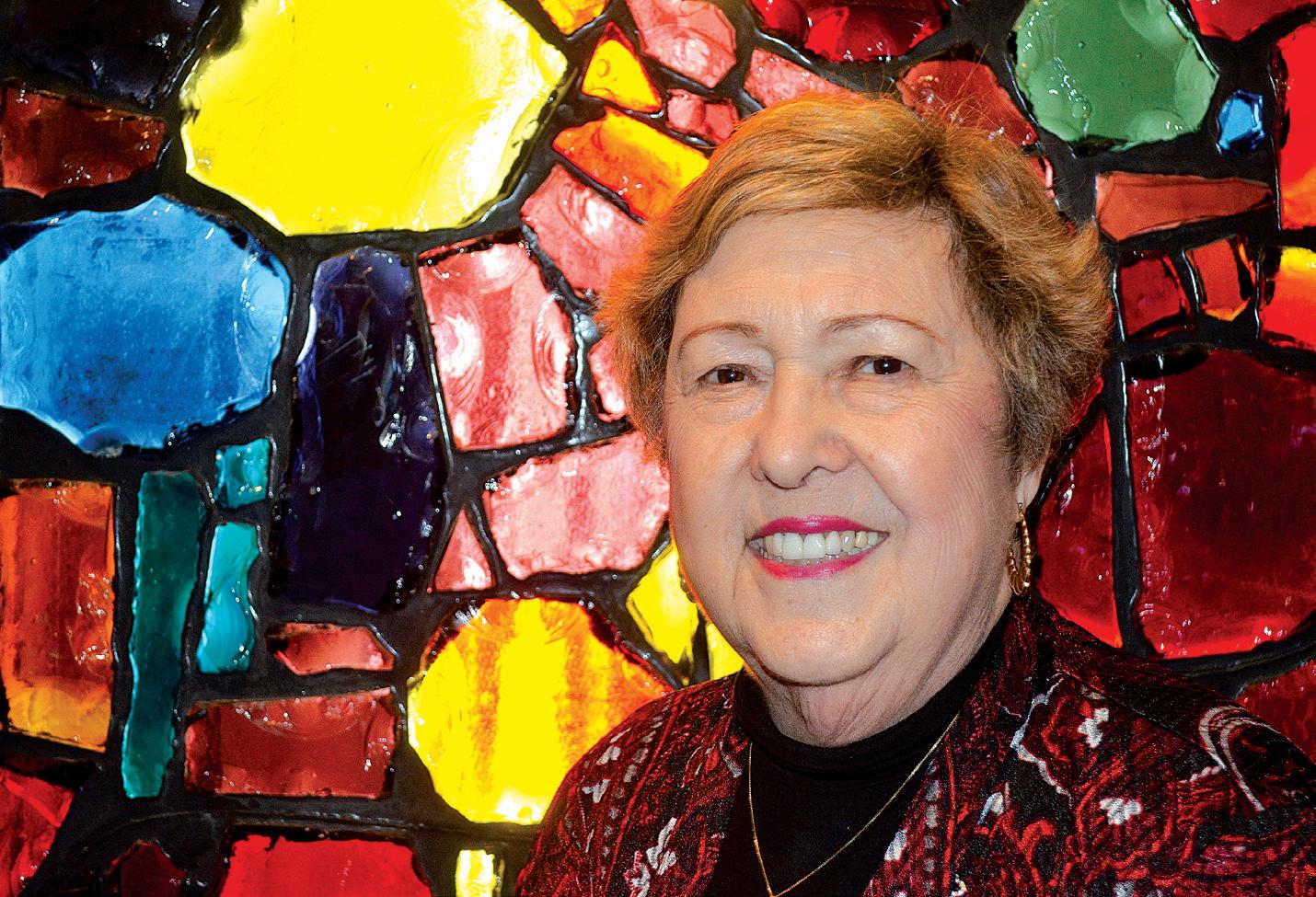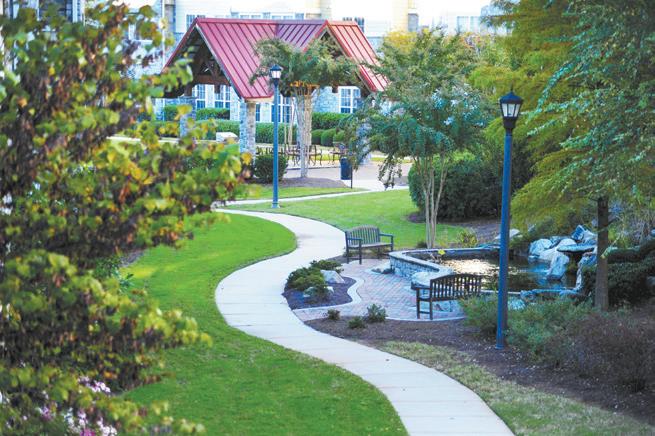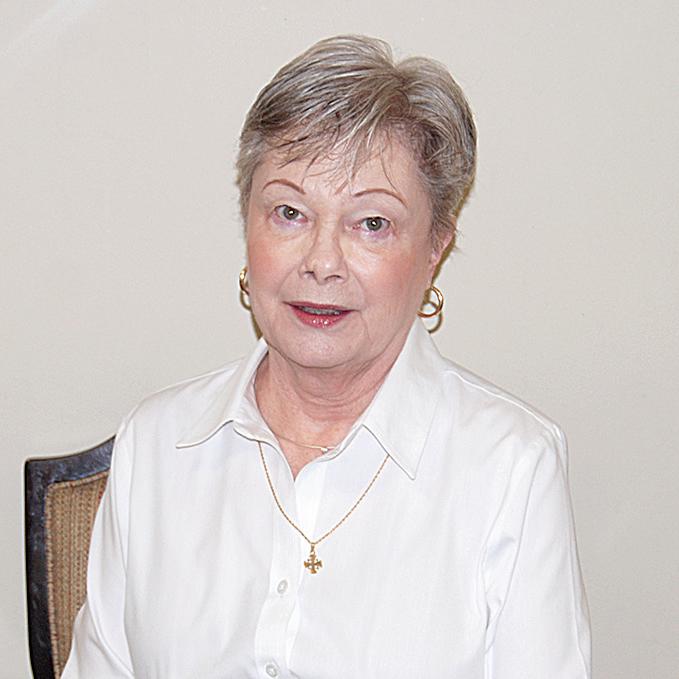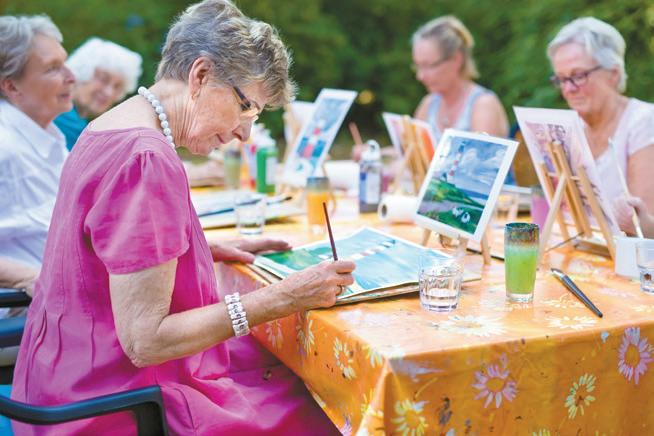
2 minute read
activist and grandmother writes her memoir Are you living your best life?
Sherry Frank wears a small gold necklace. The unobtrusive chain displays a single word: bubbe.
It means grandmother, or, more specifically, a Jewish grandmother. “I wear it every day,” Frank said, smiling when the word draws notice. “Bubbe fits me.”
Others may see the 77-year-old Sandy Springs grandmother as an energetic activist who has lived a very public life. But her jewelry proudly proclaims she’s also the kind of woman who likes to bake cookies for her grandkids.
Still, she’s no homebody. She served 26 years as executive director of the Atlanta chapter of the American Jewish Committee. She was president of the Atlanta section of the National Council of Jewish women for two years in the 1970s, and now is again president of the group. She helped create the Atlanta Black/Jewish Coalition and worked to build bridges between religious and ethnic groups.
Frank has worked to promote human rights, civil rights and women’s rights. She describes herself as “a pretty passionate feminist.” She’s been involved in Atlanta politics for decades. She helped start a successful synagogue, Congregation Or Hadash in Sandy Springs, and served as its president. She recently published a memoir called “A Passion To Serve: Memoirs of a Jewish Activist,” which was included in the 2019 book festival of the Marcus Jewish Community Center Atlanta.
Frank came to politics early. She remembers that back when she was growing up in the Morningside neighborhood of Atlanta, her family had one of the first TVs on their block. It made a big impression when members of her third-grade class came over one night to watch election returns.
Atlanta was different then, she remembers. She grew up in world that was segregated racially and culturally. “The only African American I knew was the housekeeper,” she said. At the same time,



“it was Jewish world. My social life was Jewish,” she said recently during a chat at The Temple in Atlanta, where she had appeared as part of a panel discussion about the history of Atlanta’s Jewish community. “I was very much in a Jewish world.”


But she doesn’t remember being conscious of overt antiSemitism as a child. Atlanta seemed a welcoming place for her as she attended public schools, including Grady High. The world seems much more threatening now, she said, as anti-Semitism grows more visible. “You can’t but be fearful in this day, when you see so much hate out there,” she said.
She grew interested in social service and political activism in part because of the times and in part because of her upbringing. She gave money for trees in Israel. She was a teenager when The Temple in Atlanta was bombed by white supremacists. She remembers, a decade later, the devastating news of the murder of Dr. Martin Luther King Jr.

She hasn’t given up on politics. Throughout her career, she’s sought ways to bring racial and ethnic groups together and she wants to keep doing so. “I’ve said 1,000 times that if this country is not safe for Jews, it’s not safe for blacks,” she said. “And if it’s not safe for blacks, it’s not safe for Jews.”
She’s worked with Christians and with Muslims to allow people to get to know others they might otherwise vilify. As she’s done that, she’s wanted people to understand her Jewishness. She said Jewish leaders once worked behind the scenes. Not her. “I want people to know a Jew is in the room,” she said. “I want them to know Jews are a part of our coalition. I think that’s part of my desire to heal the world.”
She’s proud of the work she’s done. That shows up in her conversation and in her memoir. She’s takes pride in trying to make the world a better place by bringing together different types of people to address common issues and improve understanding among various groups that might otherwise be opposed.


“It’s given my life great purpose,” she said. “I remember after 9/11, thinking what I do really matters. … It was such a threat to the Muslim world. I thought building bridges of understanding was a great cause and I was part of the chorus.”











